
HAVE YOU EVER SHARED your love of gardens and gardening with children, your own or someone else's? It can be as simple as showing a three-year-old how to make a snapdragon flower open and close its "mouth" or as involved as working with a thirdgrade class to plant a three-sisters garden (corn, pumpkins and beans, organized as Native Americans traditionally did, with beans vining up cornstalks and pumpkins spreading below to shade the soil).
Whatever the gardening wonders or techniques being shared, the impulse is often the same: the belief that children benefit from direct learning in the natural world. A garden offers a great place to do that.
While that belief has inspired much informal sharing about plants, it also undergirds a long tradition in the field of formal education. One such initiative, which enjoyed unusual longevity and reach, was the Nature Study Movement. Active in the United States from about 1890 to 1930, Nature Study proponents emphasized outdoor experiences and direct observations of plants, animals and natural phenomena, such as cloud forms and weather patterns.
NATURE STUDY: WHY AND HOW
Nature Study was designed as one way to reform elementary public education in the US. Those reform efforts advanced progressive ideas, such as every child deserves an education that includes fluency with local natural history and hands-on science.
This story is from the January - February 2024 edition of Horticulture.
Start your 7-day Magzter GOLD free trial to access thousands of curated premium stories, and 9,000+ magazines and newspapers.
Already a subscriber ? Sign In
This story is from the January - February 2024 edition of Horticulture.
Start your 7-day Magzter GOLD free trial to access thousands of curated premium stories, and 9,000+ magazines and newspapers.
Already a subscriber? Sign In

Pot It Up
Shake up the containergarden with theseNorth America –native perennials

THE GARDEN PATH TO PERDITION
I WAS CRUISING RIGHT ALONG, feeling okay about myself, when I came across a list of the Seven Deadly Sins.
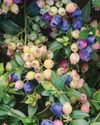
A Productive PATIO
Tiny fruit, vegetable and herb plants help gardeners maximize any sort of growing space
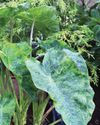
TROPICAL FUSION
A FUSS-FREE APPROACH TO USING BOLD TROPICAL PLANTS IN ANY TEMPERATE GARDEN

WINTER READING
Pass the time with any of these inspiring books
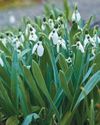
SENSING A PATTERN
Greg Coppa reflects on an odd weather year and what continued warming may mean for his Rhode Island garden
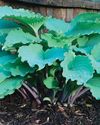
TOP-PRIZE PERENNIALS
A foliage masterpiece for shade and a late bloomer for sun

MARK WESSEL
What's new for fruit and vegetable gardeners?
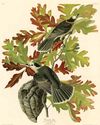
KINGS OF THE NORTHERN FORESTS
A look at the trees, shrubs and perennial plants that bolster life in Ecoregion 5

PROJECT FEEDERWATCH
Gardeners can help scientists know just where the birds are in winter